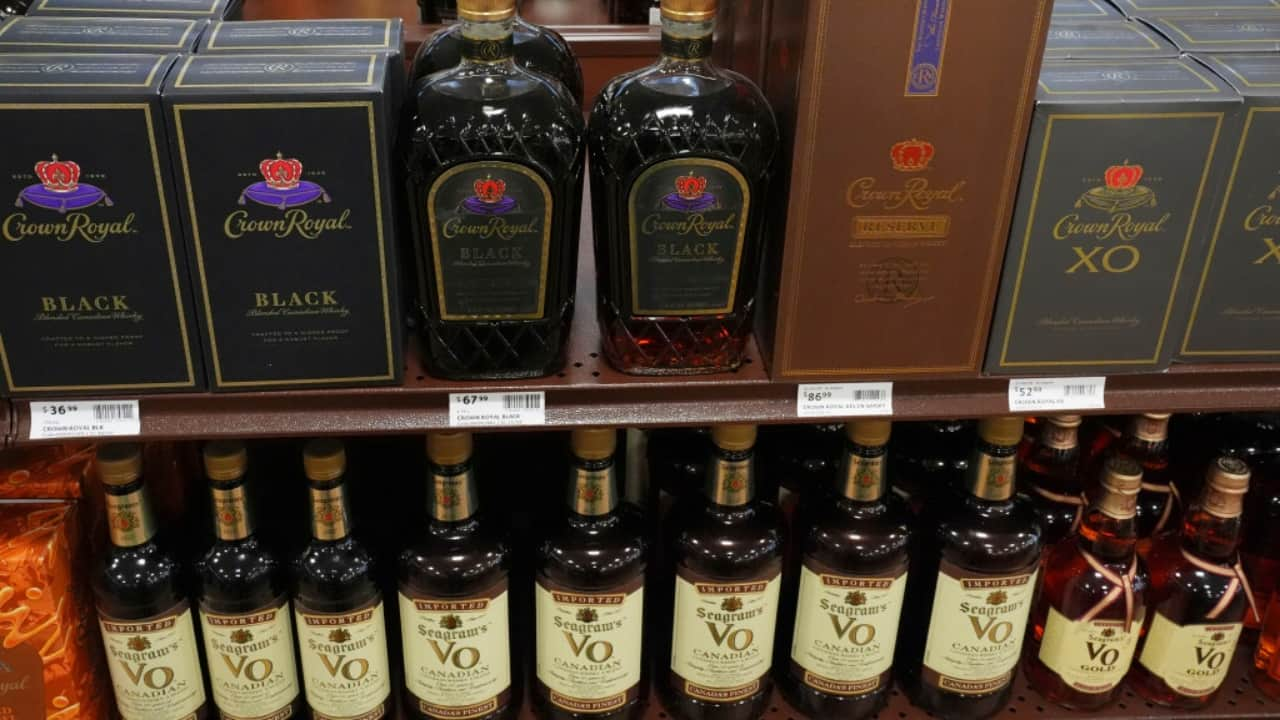US President Donald Trump’s new tariffs on wine imports—20% on European wines, 10–30% on others—are set to significantly raise prices on both foreign and domestic wines, threatening the diversity and accessibility that has defined American wine culture for decades, the New York Times reported. Industry insiders warn that the entire wine ecosystem—from small importers and boutique winemakers to restaurants and everyday consumers—will feel the strain. While large-scale producers may weather the price hikes, small businesses and niche producers are already cancelling orders, reshuffling wine lists, and bracing for financial losses.
Tariffs affect domestic wines and supply chains too Although the tariffs target foreign imports, American wine producers are not insulated. Many depend on imported equipment, bottles, corks, and barrels—all of which are now more expensive. Distributors who sell both domestic and imported wines are also raising prices across the board to compensate for lost profits, meaning US wine prices will rise alongside imported ones.

“My biggest fear if this goes on long term is that the wine-drinking environment will be a lot less diverse,” said Carson Demmond of Rive Gauche Wine Company in Georgia, echoing concerns from across the industry. Small businesses cancel orders, rework strategies The uncertainty caused by tariff threats has already disrupted business plans. In March, small distributors like Demmond cancelled European wine orders after Trump threatened a 200% tariff—now walked back to 20%—to retaliate against EU duties on American whiskey.
But even 20% is forcing difficult choices. Importers and distributors are trying to absorb part of the increase to keep wines affordable, but margins are tight. Consumers may soon see fewer affordable options like Argentine malbecs or New Zealand sauvignon blancs, staples of the everyday wine market.
Chris Leon, owner of Brooklyn wine shop Leon & Son, said the pricing volatility makes it hard to plan. “The person who really ends up hurting is the consumer. Maybe they spend a little more or buy a little less.
If it’s both, I’m in trouble.” Restaurants fear impact on wine-driven business models Restaurants with wine-centred menus are particularly vulnerable. Andrea Màncin, owner of two Italian-focused restaurants in Brooklyn, said wine sales drive profitability.
Though he’s prepared to adapt by sourcing more American or lesser-known Italian wines, the shift will challenge his business model. “If we have to buy more American wine, we’ll buy more American,” he said. “We’ll try to make it up with our knowledge and staff training.
” South African wine importers hit hardest Peter Andrews of Culture Wine Company, which exclusively imports South African wines, faces a 30% tariff—the highest rate among wine-producing countries. He’s scrambling to split the financial blow with his producers to keep wines on shelves. “Thirty percent for me would not be doable,” he said.
The unpredictability of the policy, he added, makes future planning nearly impossible. “No business leaders in any industry can act on this with any clarity.” A shrinking market amid broader headwinds The tariffs hit at a precarious moment for the industry.
Wine sales have been slipping, climate change is increasing risks for producers, and public health campaigns are dampening enthusiasm for alcohol. The tariff hike, experts say, may accelerate the downturn in consumption and erode export markets for American wine, including in key destinations like Canada. “You are already reducing the supply of immigrant labour,” said Stephen Rannekleiv, global beverage strategist at Rabobank.
“It will push up labour costs, which will ultimately result in rising costs for wine that will likely push folks out of the category.” Even if the tariffs are temporary, the long-term damage could be significant. With import costs rising and international relationships fraying, the American wine landscape faces an uncertain future.
.















